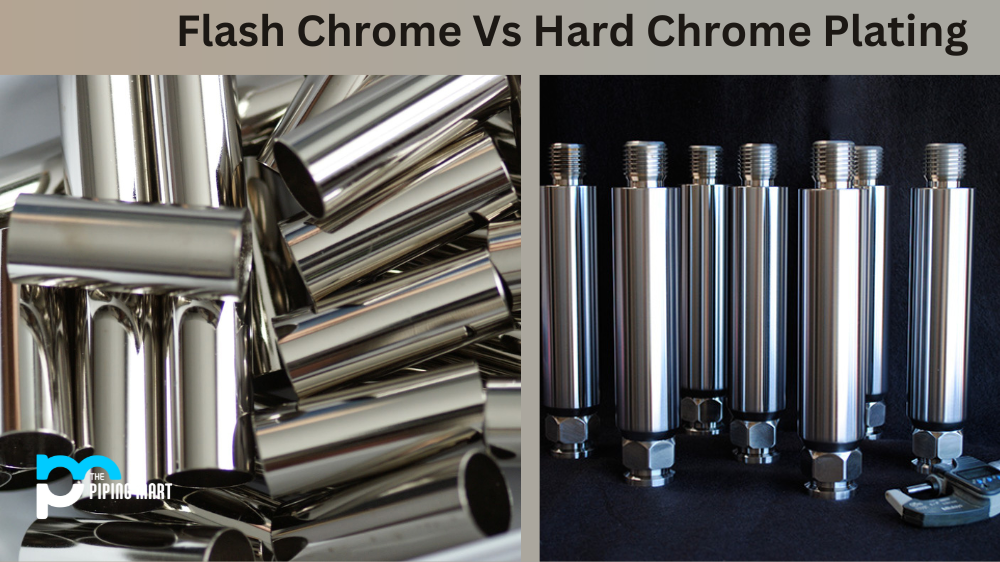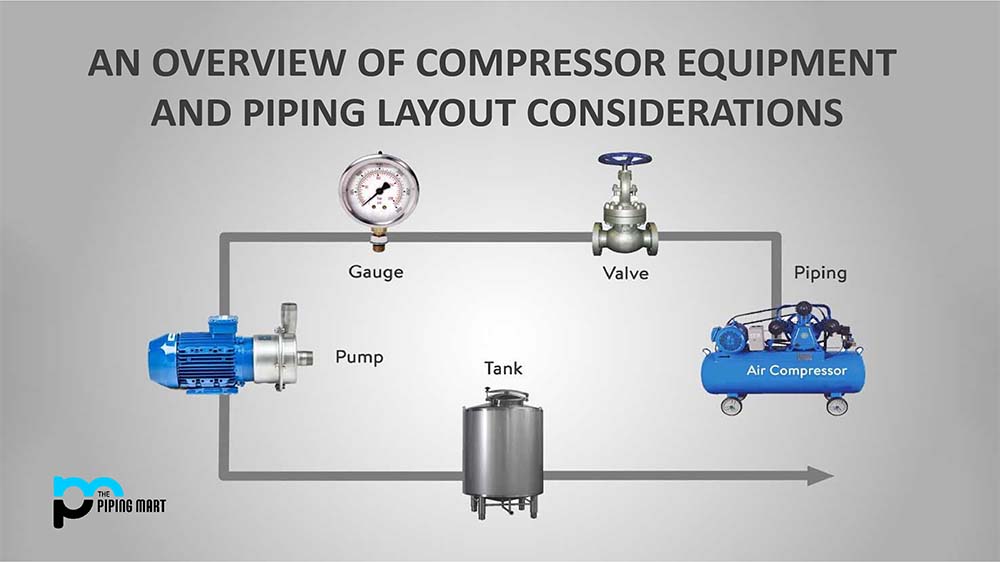Chrome plating is an essential process used in manufacturing to improve the durability and resistance of parts. One factor that can affect the overall performance of components is the type of chrome plating used. Two of the most common types of chrome plating are flash chrome and hard chrome plating. But what is the difference between these two types? And why is it essential to choose the right type of plating for your parts? This comprehensive guide dive into flash chrome vs hard chrome plating details.
Flash Chrome Plating
Flash chrome plating, or decorative chrome plating, is an electroplating process to apply a thin chrome layer onto a surface. It is used mainly for aesthetics, improving the appearance of various objects, including automobile parts, bathroom fixtures, and household appliances. The thickness of the chrome layer is generally only a few microns, making it ideal for creating a mirror-like finish. However, flash chrome plating is not typically recommended for extreme wear and tear components because of its thin layer.
Hard Chrome Plating
On the other hand, hard chrome plating is a functional coating used for enhancing the properties of parts subjected to excessive friction, wear or corrosion. The thickness of the layer is much more substantial, with a typical range of 0.0005 – 0.005 inches. Moreover, hard chrome plating involves sophisticated electroplating processes that produce a thicker, denser and stronger coating. The dense layer offers excellent resistance to wear, abrasion, and corrosion, making it ideal for components exposed to harsh environments.
Differences Between Flash Chrome and Hard Chrome Plating
Durability and wear resistance
When it comes to durability and wear resistance, it’s critical to choose the right type of chrome plating. Hard chrome plating offers more excellent adhesion and wear resistance than flash chrome plating. It provides superior surface protection against wear and tear, making it a suitable option for parts that undergo heavy usage.
Application Suitability
Another factor to consider when it comes to chrome plating is application suitability. Flash chrome plating is widely used in decorative applications such as furniture, household fixtures, and automotive parts. In contrast, hard chrome plating is ideal for various industrial and manufacturing applications.
Coating thickness
Thickness is another crucial factor when choosing between flash or hard chrome plating. As mentioned earlier, flash chrome plating has a thinner coating layer of a few microns, while hard chrome plating has a much thicker coating layer of up to 0.005 inches. Hard chrome plating is the most suitable for parts that require corrosion resistance or wear-resistant properties.
Advantages of Hard Chrome Plating
Hard chrome plating provides excellent wear and corrosion resistance, making it ideal for high-wear applications such as hydraulic cylinders and piston rods. Additionally, hard chrome plating can be used to repair damaged surfaces.
Advantages of Flash Chrome Plating
Flash chrome plating provides excellent wear and corrosion resistance, making it ideal for high-wear applications such as hydraulic cylinders and piston rods. Additionally, flash chrome plating can be used to repair damaged surfaces. Additionally, flash chrome plating is less expensive than hard chrome plating.
Disadvantages of Hard Chrome Plating
Hard chrome plating can be hazardous to workers if proper safety precautions are not taken, as exposure to chromium can cause health problems such as respiratory issues and skin irritation. Also, hard chrome-plated surfaces are often very smooth, making them difficult to grip.
Disadvantages of Flash Chrome Plating
Flash chrome plating can be hazardous to workers if proper safety precautions are not taken, as exposure to chromium can cause health problems such as respiratory issues and skin irritation.
Conclusion
To sum it up, flash chrome plating and hard chrome plating are two standard chrome plating processes that offer different properties depending on their application. Both methods have distinct advantages, and choosing between the two depends on individual needs. Flash chrome plating is the way to go for an aesthetically pleasing finish. Hard chrome plating is the best option for industrial and manufacturing applications, such as machinery or tools with high wear or corrosion resistance demands. Choosing the correct type of chrome plating for your specific production needs is essential to ensure optimal durability, quality, and performance.
Sakshee is a talented blogger, with a particular focus on the Business and Metal Industry. She is passionate about sharing her insights on various metal products and helping professionals to make a better decisions.




